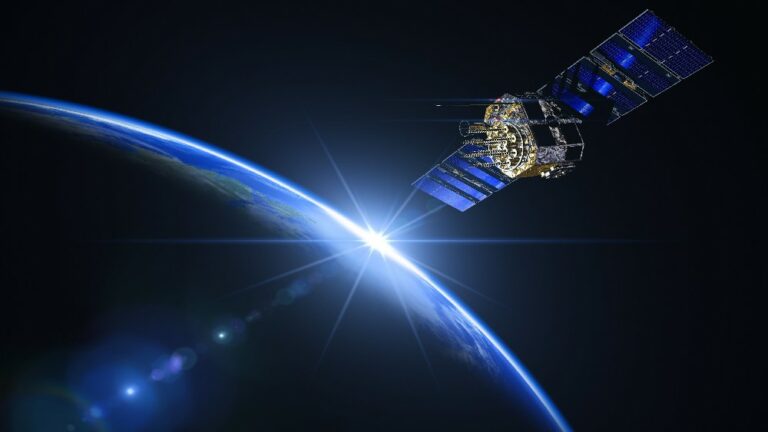India’s space economy is poised to reach USD 40 billion by 2040, and scientists will also enjoy a better working environment, Union Minister Jitendra Singh said. The Minister of State for Science and Technology & Atomic Energy and Space said that some foreign agencies like the AKD have predicted that this figure could even go up to USD 100 billion by 2040.
“At present, our space economy is not very impressive, as we have just about USD 8 million. But we are moving in quantum jumps, and in the foreign satellite launch alone, we have earned about EUR 230–240 million for launching European satellites and about USD 170-180 million for launching American satellites,” Singh said.
The minister spoke at the 60th anniversary of ISRO‘s rocket launch event. “More than 70% of our space resources are going to come from the non-government sector. So, this is also going to supplement our resources.” Singh acknowledged past resource challenges in the space sector. However, he expressed confidence in India’s scientific expertise. He pointed out India’s unique achievements, like detecting the H2O molecule on the Moon with Chandrayaan.
According to Singh, this move enhanced India’s space program in funding and knowledge. It also increased public engagement in space science. The success of missions like Chandrayaan rallied national interest and support. Looking ahead, Singh outlined ambitious goals for the Indian space program. The Gaganyaan human spaceflight mission is a key focus. A trial flight test has already been conducted. By 2025, India aims to send a man to space and ensure his safe return. Preceding this, a female robot will be sent into space, simulating an astronaut’s actions.
(With inputs from PTI)















